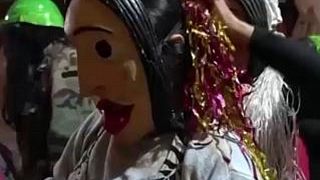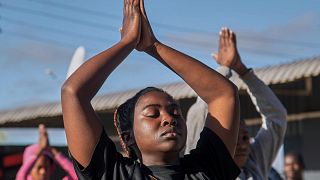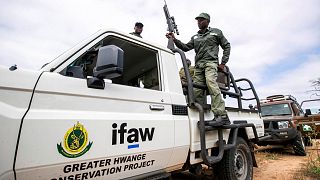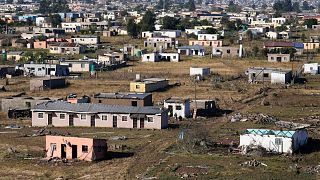Zimbabwe
The World Food Programme said many rural communities are in the grip of hunger in Zimbabwe as El Nino weather is set to continue into next year.
According to the United Nations,more than 60 million people, two thirds of them in east and southern Africa, are facing food shortages because of droughts linked to El Nino, a warming of sea-surface temperatures in the Pacific Ocean.
Drought exacerbated by the El Nino weather pattern has rendered people living with HIV/AIDS in Zimbabwe particularly vulnerable as many patients are refusing to take anti-retroviral therapy on an empty stomach.
Others have decided to spend their limited income on food rather than transport to a health facility.
Prevalence of acute malnutrition among children aged below five also stands at 5.7 percent, the highest level in 15 years.
There are also reports of many children dropping out of school because of hunger.
“Over the last couple of months, we have seen increasing rates of malnutrition in various parts of the country due to the El Nino induced drought. That also has an impact on people living with HIV/AIDS in that they will not be able to access enough foods,” said Niels Balzar, the WFP Deputy Country Director in Zimbabwe.
A 50 year-old farmer from the south province, Sipiwe Moyo said she has no crop to harvest this year. In the past she was able to plant maize for sale and for the family’s food but the dry spell has affected her main source of income.
“I get maybe 45; 50 kg’s if we’ve got rains. But last year, I think I only got 10 Kg’s or so. This year it was worse,” she said.
Sipiwe is HIV positive and says it’s been difficult taking medication on an empty stomach.
WFP provides HIV-positive residents hit by the drought with food and cash assistance, so she goes to collect her allowance to enable her buy supplies.
“Most of us are not well, as I have said before, so, how are you going to live if you don’t have food?” said Sipiwe.
Weather forecasters in Japan, Australia and the United States predict a 50 percent to 75 percent chance of La Nina developing in the second half of 2016.













01:15
Morocco says 2024 was the hottest year with temperatures reaching 47.7 degrees
01:18
Gaza Crisis: Water shortages worsen
03:46
With 500 species, Moroccan exotic garden an oasis of biodiversity
03:52
Amid drought, King urges Moroccans not to kill sheep for Eid al-Adha
04:00
Consecutive droughts Impact Morocco's livestock, reports Minister of Agriculture
02:09
In Goma, a drinking water shortage is exacerbating tensions